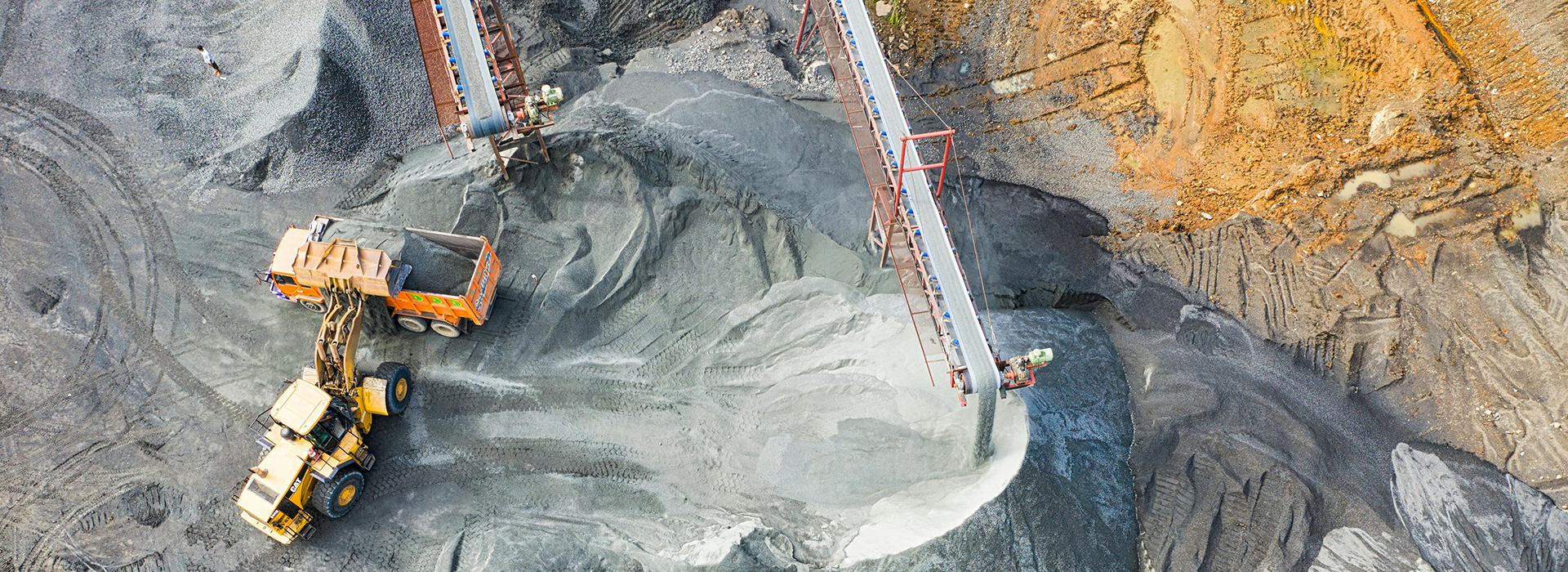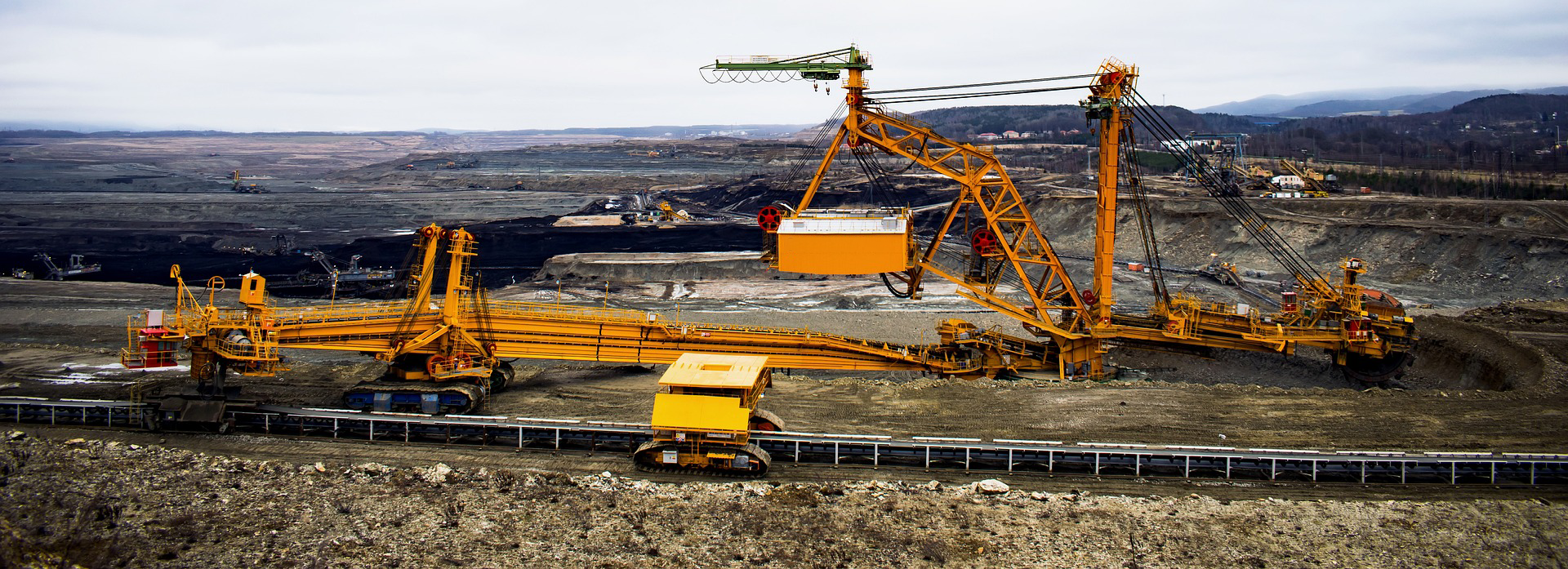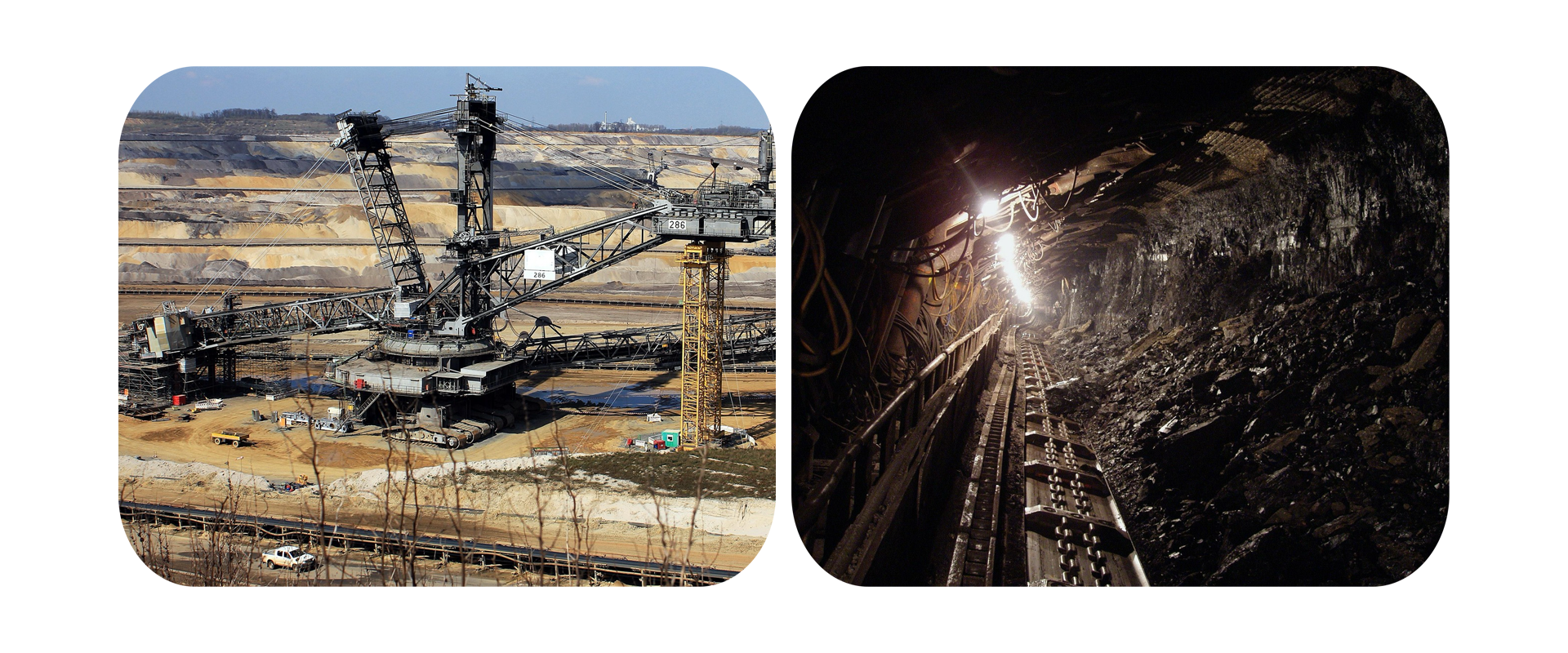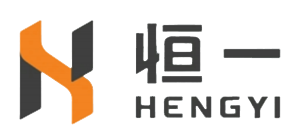
Heavy-Duty Nylon Conveyor Belt Technical Analysis: Optimizing Operating Speed, Angle, Capacity, and Lifting Efficiency
2025-09-18 16:26Heavy-duty nylon conveyor belts are widely used in mining, metallurgy, chemicals, power generation, ports, and other heavy industries, playing a crucial role in the transportation of bulk cargo. This article will provide a detailed analysis of the operating speed, conveying angle, capacity, and lifting efficiency of heavy-duty nylon conveyor belts, and provide optimization solutions to help companies improve production efficiency and reduce operating costs.
1. Overview of Heavy-Duty Nylon Conveyor Belts
Heavy-duty nylon conveyor belts are made primarily of high-strength nylon. Its excellent tensile strength and wear resistance make them outstanding in heavy-load conveying. Nylon conveyor belts are suitable for long-distance, high-capacity, and high-speed transportation, and are particularly well-suited for transporting bulk materials such as coal, ore, and sand and gravel.
Compared to traditional steel cord conveyor belts, nylon conveyor belts offer significant advantages in lightness and toughness. They can carry large loads while also exhibiting excellent flexibility and impact resistance. Due to their low elastic modulus and high wear resistance, nylon conveyor belts offer a long service life in harsh environments and are often used in environments requiring resistance to high temperatures, high humidity, and chemical corrosion.
Data Overview:
Carrying Capacity: 5-50 tons/hour (depending on belt width and number of layers)
Common belt widths: 500mm to 2400mm, with 1000mm being the most common.
Common number of layers: 3 to 6 layers.
2. Factors Influencing and Optimizing Operating Speed
The operating speed of a conveyor belt has a direct impact on conveyor efficiency. Too slow a speed leads to low transport efficiency, while too high a speed can cause material leakage, belt wear, or equipment failure. Therefore, selecting the right operating speed is key to optimizing production.
Factors Influencing Operating Speed:
Material Properties:
Wet or highly viscous materials tend to adhere to the conveyor belt at high speeds, affecting its efficiency.
Conveyor Belt Type and Specifications:
The width, thickness, and number of layers of a nylon conveyor belt affect its carrying capacity and operating speed. Conventional heavy-duty nylon conveyor belts are typically designed to operate efficiently at lower speeds to ensure smooth material conveying.
Drive Motor Power and Drive System Design:
Underpowered motors may result in insufficient operating speeds, impacting overall production efficiency; excessive power wastes energy.

Strategies for Optimizing Operating Speed:
Adjusting Speed Based on Material Characteristics: For different material types, the appropriate conveying speed can be selected based on their fluidity. Materials with smaller particles and better fluidity can be conveyed at higher speeds, while materials with high moisture or viscosity require a lower speed.
Appropriate Motor and Drive System Selection: Select a drive motor with appropriate power based on the conveyor belt length and conveying capacity to ensure stable and efficient conveyor operation.
Regular Inspection and Maintenance: The conveyor belt's operating speed is closely related to the health of the motor and drive system. Regularly inspect bearings, belt tension, and drive belts to ensure efficient system operation.
Data:
Common Operating Speeds: 1.5 m/s to 5 m/s, with a typical coal transport speed of 2-3 m/s.
Hourly Transport Capacity: At a width of 1000 mm and a speed of 3 m/s, the theoretical transport capacity can reach 300-400 tons/hour.
3. Transport Angle and Slope Design
The transport angle refers to the angle between the conveyor belt and the horizontal during installation, which generally affects the conveyor belt's load capacity and conveying efficiency. The maximum transport angle of the conveyor belt is related to the material characteristics, belt tension, and friction.
Influencing Factors:
Material Flowability and Viscosity:
The greater the material's flowability, the larger the transport angle can be set. For materials with small particles and good flowability, such as coal and sand and gravel, a larger transport angle (typically 20° to 30°) can be selected; for materials with large particles and high viscosity, a smaller angle should be used.
Conveyor Belt Tension and Tension:
The conveyor belt tension must be maintained within an appropriate range. Excessively steep conveying angles increase belt tension, potentially leading to uneven tension, damage to the belt, or material loss.
Equipment Stability:
At steep conveying angles, the conveyor belt may slip or become unbalanced, affecting conveying stability and, in turn, production efficiency.
Optimizing the Conveyor Angle:
Rational Angle Setting:
Select a suitable conveying angle based on the material being conveyed and the conveyor belt's load capacity. Generally, it's best to keep the conveying angle between 15° and 25°. Angles exceeding this may affect conveying efficiency.
Using Reinforcement Devices:
For steeper conveying angles, measures such as accelerators, slides, or material restraints can be used to ensure smooth material conveying.
Adjusting the Conveyor Belt Counterweight:
When conveying on steep slopes, increasing the pre-tension on the conveyor belt can improve stability and prevent slippage.
Data:
Common conveying angles: 15° to 25°, up to 30° for certain materials.
Belt tension: Design tension is directly related to material load and slope.

4. Conveyor belt capacity and lifting efficiency
Conveyor belt capacity is a key indicator of its ability to meet production needs and is generally determined by belt width, speed, and load.
Influencing factors:
Belt width:
The wider the belt, the greater the amount of material it can transport, but the equipment's load capacity and the material's properties must be considered.
Balancing conveyor belt speed and capacity:
Increasing belt speed can increase conveying volume per unit time, but excessively high speeds may cause material leakage or slippage, reducing conveying efficiency.
Material stacking height and flatness:
The stacking height of materials on the conveyor belt affects conveying efficiency. While a higher stacking height can increase capacity, it also places greater strain on the conveyor belt, leading to material leakage and uneven conveying.
Optimizing capacity and efficiency:
Increasing belt width and speed:
Based on production needs, the conveyor belt width can be appropriately increased to increase capacity. At the same time, optimize motor power and drive devices to ensure smooth operation even at higher speeds.
Appropriately Adjust the Stacking Height:
Material stacking height can be controlled by installing baffles and restraints above the conveyor belt to prevent unstable transportation caused by excessive stacking.
Automated Control System:
By introducing an automated control system, real-time adjustment of conveyor belt speed and material flow is achieved, ensuring the conveyor belt operates at optimal conditions and thus improving production efficiency.
Data:
Stacking Height: The stacking height is generally controlled within 2/3 of the conveyor belt width. For a 1000mm wide conveyor belt, the stacking height should be controlled within 650mm.
Hourly Transport Volume: A conveyor belt with a width of 1200mm and a speed of 3 m/s can transport 300-350 tons/hour.
5. Conclusion and Outlook
Optimizing the operating speed, transport angle, capacity, and lifting efficiency of heavy-duty nylon conveyor belts requires comprehensive consideration from multiple perspectives. By properly selecting conveyor belt specifications and drive systems, optimizing material transport speeds and angles, and performing regular maintenance and inspections, conveyor belt efficiency can be significantly improved and operating costs reduced.
In the future, with the continuous advancement of automation technology and intelligent control systems, optimization solutions for heavy-duty nylon conveyor belts will become even more intelligent and efficient. When selecting and using conveyor belts, companies should not only focus on basic technical specifications but also consider actual production needs and environmental factors to select the most appropriate conveying solution to achieve optimal production efficiency and economic benefits.
